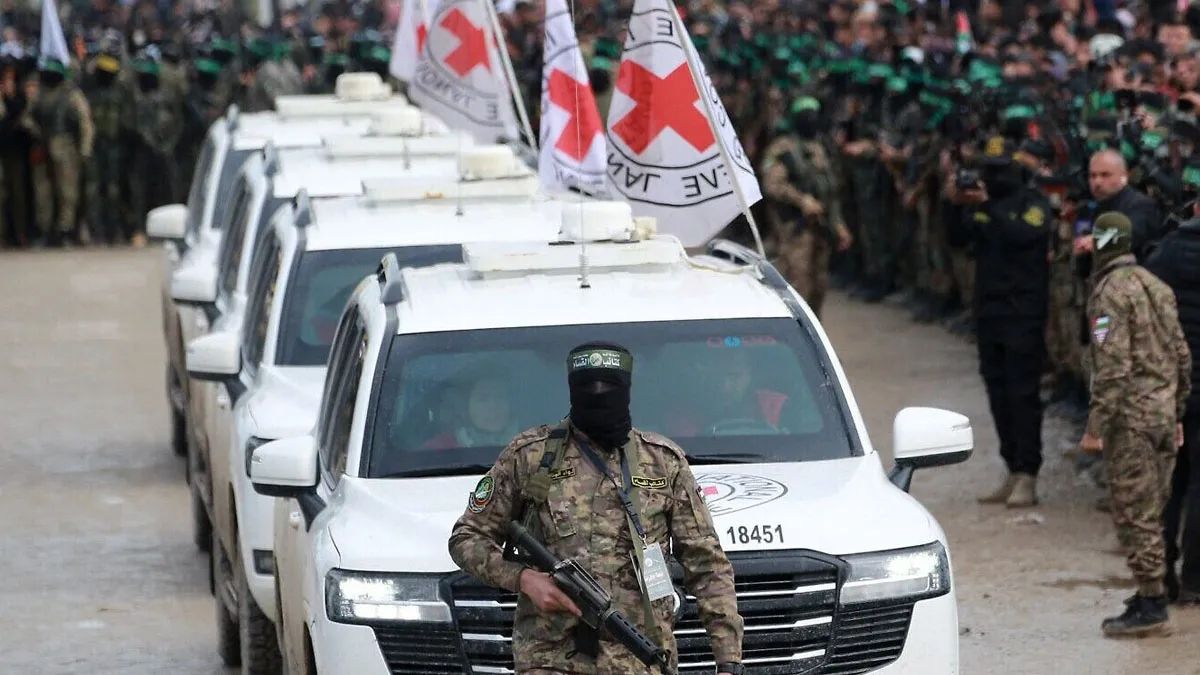As will be seen, tensions and social conflict appear immediately when it is analyzed thatwith a real salary practically at the base of the historical line, projection and prospective has an even greater impact depending on the numbers produced by the basic basket and the inflationary inertia. Elemental no matter how you look at it.
It is true that the government’s attempt to modify the social works scheme could be seen as an attack on the main economic-financial support of the union organizations, which could be brandished as an additional element in the motivations of the CGT. It could even be said that the labor reform and the project to reestablish the income tax For the workers, it appears, at the same time, as an additional argument to have placed the organized labor movement as the main opposition. to Javier Milei.
Javier Milei dollars.jpg
The Nationalist
Strikes and wages
But the hypothesis that maintains as a necessary architect for the measure of strength the very poorness of the start – inheritance of Alberto Fernandez included- of the salary equation for a good part of society that will be developed below. And also that, in direct relation to this, high labor conflict appears. To add something: a study by the consulting firm pxq proposes two actors: Raúl Alfonsín and Néstor Kirchner. Because? Because They demonstrate an inverse relationship: the higher the real salary, the lower the number of unemployment benefits. They are two extreme cases.
“The Alfonsín government, affected by hyperinflation, had the worst performance in terms of purchasing power since the return of democracy (real wages fell -28% during his presidency) and was the president who faced the most general strikes (a total of 13). On the contrary, the greatest growth in real wages took place during the presidency of Néstor Kirchner (it grew 60%) and this generated only one general strike (probably explained by the starting point in 2003, with a real wage close to historical minimums)”says the report.
Salary: based on expectations
Now: it is worth returning to the historical perspective. In salary matters, the starting point of the LLA government appears as the factotum of the measure of force. By way of comparison, and with numbers from INDEC and the Ministry of Economy, The evolution of the real salary measured in constant dollars at November 2023 prices shows that the start of the Milei government registers a real salary in the area of US$510, quite close to the US$414 real salary that recorded the worst moment of the post-convertibility crisis, which started at the end of 2001 and ran through a good part of 2002.
To take another reference, and always taking the parallel exchange rate, The beginning of the mandate of former President Macri recorded an average real salary of US$1,500, that is, in line even with the final stage of convertibility, whose start occurs in the area of US$1,700, and the exit in the u$s 1,500. Both the era of Néstor Kirchner and the two presidencies of Cristina Kirchner, take the real salary from the mentioned US$410, to US$1,500, always taking the parallel contribution (with the official one that mark reaches u$s 2,080 in August 2015.
So, an additional signal deserves to be piled on the work table: inflation in the first month was 25.5%. There is, there, the obvious of the matter. Tensions and social conflict appear immediately when it is analyzed that, with a real salary practically at the base of the historical line, the projection is of an even greater impact based on the numbers that the basic basket shows. Elemental no matter how you look at it.
Source: Ambito
David William is a talented author who has made a name for himself in the world of writing. He is a professional author who writes on a wide range of topics, from general interest to opinion news. David is currently working as a writer at 24 hours worlds where he brings his unique perspective and in-depth research to his articles, making them both informative and engaging.




